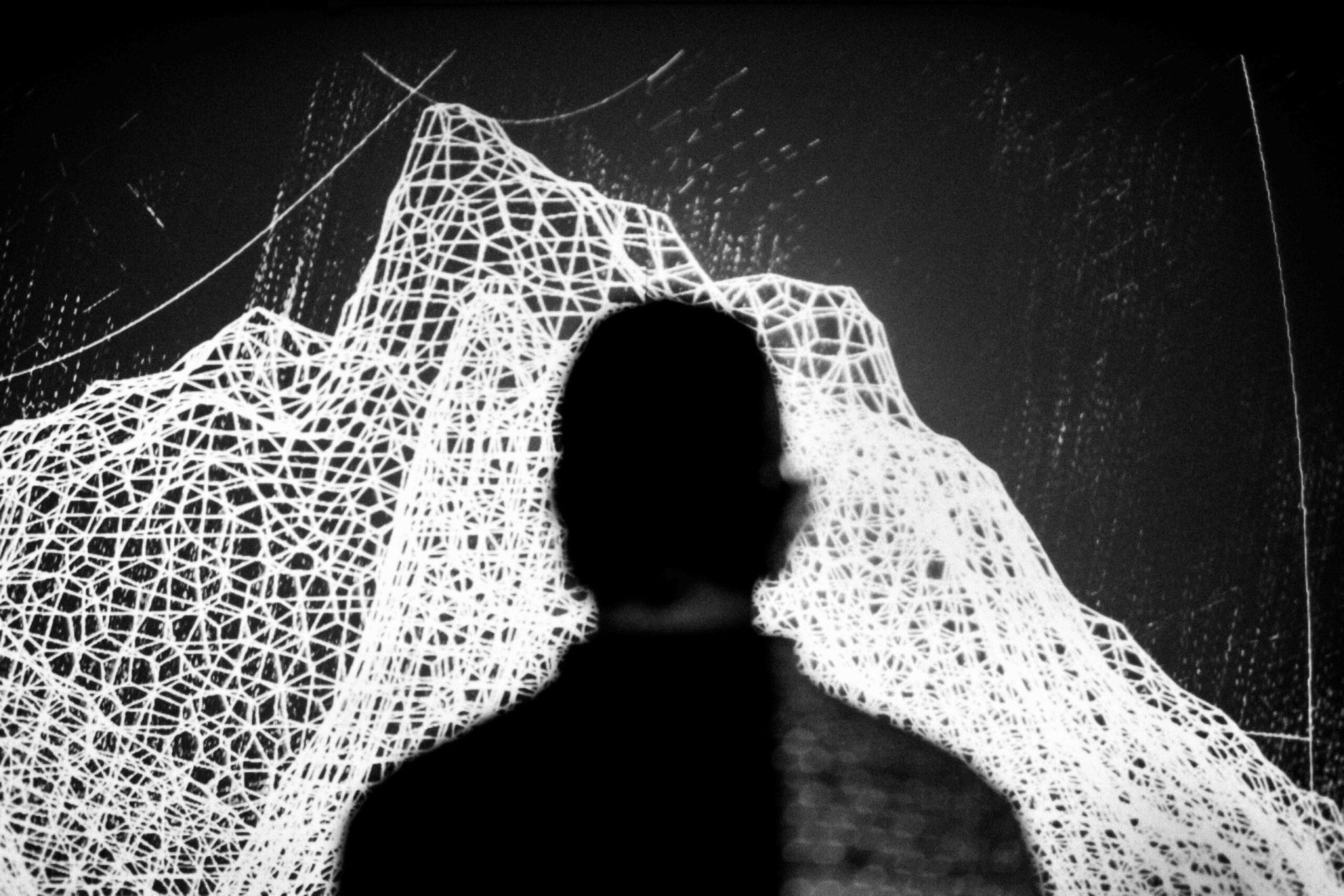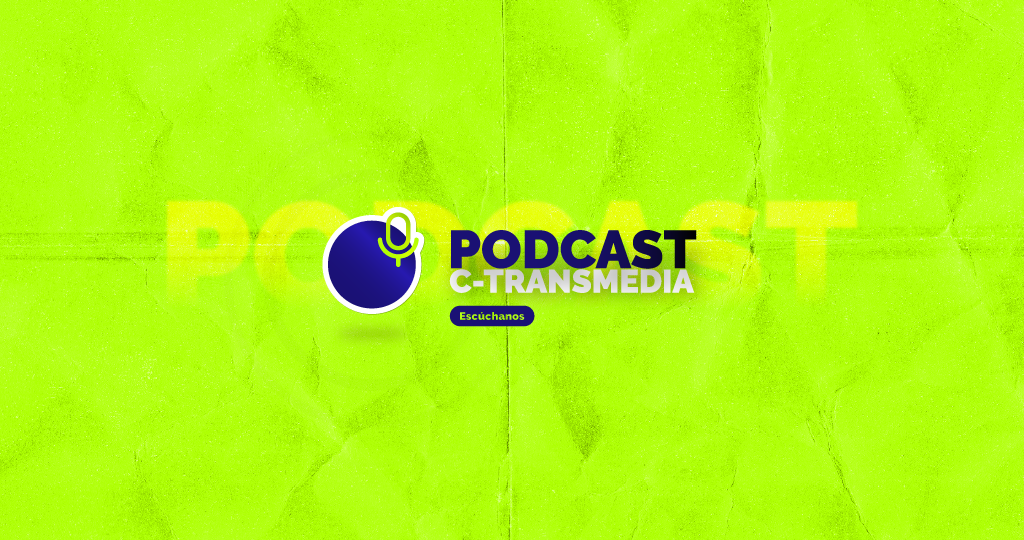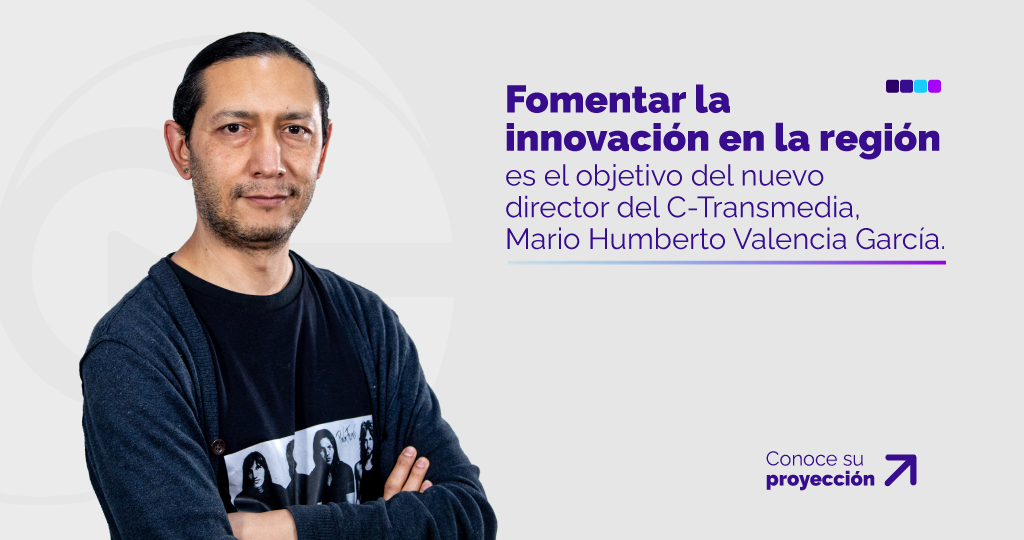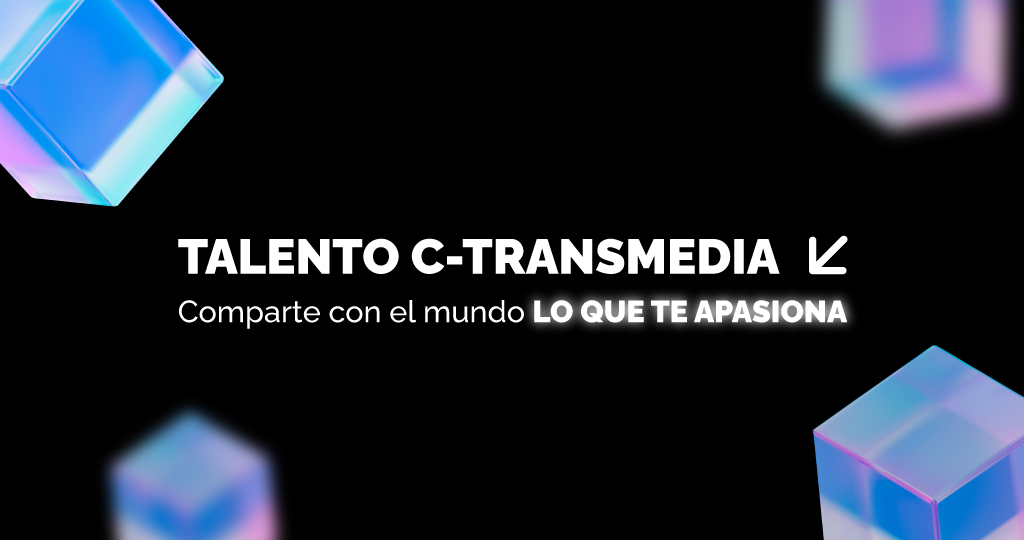
¿Investigar y crear con tecnologías 4.0?
¿Investigar y crear con tecnologías 4.0?

Para el año 2000 no llegaría el fin del mundo como compañías, gobiernos y empresas de telecomunicaciones preveían. El famoso efecto Y2K bug amenazaba con provocar fallos en todo lo que era automatizado o electrónico debido a que el cambio de milenio, de 1999 al 2000 los ordenadores no lo reconocían y esto podría provocar que plantas nucleares, la bolsa, el sistema de salud, hidroeléctricas, entre otros, se dañaran.
“Necesitamos que todos los gobiernos y empresas trabajen con nosotros, para asegurarnos de que el error informático Y2K sea recordado como el último dolor de cabeza del siglo XX, no como la primera crisis del siglo XXI”, aseguró el expresidente Bill Clinton durante el Discurso del Estado de la Unión de 1999, y por esta razón, se realizó una inversión a nivel mundial de 214 millones de dólares donde empresas, ingenieros y científicos trabajaron de la mano para que justo cuando llegara el 1 de enero del 2000, el mundo tal y como lo conocíamos no se acabara.
Todavía no sabemos si el “fin del mundo” se evitó gracias a la actualización de los sistemas o si en realidad solo fue el usual pánico del fin del mundo, sin embargo, este evento nos impulsó de manera acelerada a la Cuarta Revolución Industrial. Desde entonces, la tecnología no ha parado de evolucionar velozmente y ha sido necesario que para estar a la vanguardia se invierta en innovación e investigación-creación, para dar mejores respuestas a los retos de la sociedad.
En este contexto, la investigación nos permite descubrir nuevas ideas y tecnologías que en áreas como la medicina pueden mejorar la calidad de vida de las personas; en el arte pueden enriquecer el patrimonio cultural de la sociedad moderna, en los procesos organizacionales e institucionales, facilitar la gestión y aprendizaje de equipos de trabajo presenciales y remotos, la automatización de procesos, que se ve reflejada en datos, efectividad y ganancias.
¿Cuáles son los aportes más significativos actualmente en la industria 4.0?
- IoT + IA: el internet de las cosas y la inteligencia artificial pueden crear fábricas gemelas, sistemas que monitorean constantemente el estado de las máquinas, prediciendo fallas antes de que ocurran y tomando medidas para prevenirlas.
- Datos: la visualización de datos está permitiendo crear nuevos proyectos, revelar de manera objetiva lo que realmente funciona y lo que no y su acceso libre se hace cada vez más necesario para el crecimiento de todos los sectores.
- Arte: los artistas crean nuevas formas de expresión artística a través de la impresión 3D, la animación digital, la codificación creativa, entre otras. También utilizan plataformas en línea para llegar a una audiencia global y ampliar su base de seguidores, distribuyendo el contenido artístico y cultural de manera más amplia y accesible.
- Preservación cultural: con la realidad virtual y aumentada las personas pueden visitar toda clase de espacios digitales como museos desde cualquier lugar del mundo, además experimentar la historia y la cultura de una manera más inmersiva e interactiva.
- E-learning: utilizando herramientas digitales podemos crear plataformas que permiten a los estudiantes aprender y entrenarse de cualquier tema con el uso de modelos, prototipos e instrumentos más eficientes.
- Universos transmedia: Son estrategias efectivas de divulgación y apropiación del conocimiento, que hacen más accesible y entendible los conceptos a la sociedad, dotándola de conocimientos a través de narrativas, contenidos y herramientas que influyen en la toma de decisiones informadas.
Después de todo, la Cuarta Revolución Industrial tiene el potencial de ir creando soluciones innovadoras y transformadoras, que nos permiten comprender, de manera profunda, las necesidades de las comunidades y del contexto social actual. Creando, por ejemplo, proyectos que puedan tener un impacto significativo en la reducción de la huella de carbono o que aborden los desafíos sociales más apremiantes, como la pobreza, la desigualdad y la exclusión social.
Por ello, es necesario que tanto organizaciones como gobiernos inviertan en investigación – creación e innovación, para generar servicios, productos y proyectos de vanguardia transformadores, que impacten significativamente en la solución efectiva y eficiente de las problemáticas actuales y futuras del mundo.
Redacción Comunicaciones C-Transmedia.


